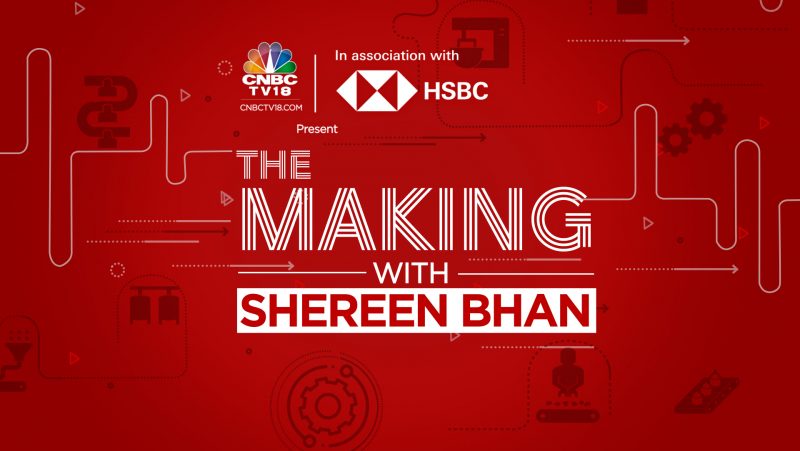Hygiene practices you should follow while investing in the stock market
Summary
Investing in the stock market is quite similar to buying a car. Just as people do thorough research, check mileage, brand, affordability, etc., before making the final purchase, likewise, a lot of thought goes into investing in equities as well. The first step to investing in the stock market is understanding the nuances of the …
Continue reading “Hygiene practices you should follow while investing in the stock market”
Investing in the stock market is quite similar to buying a car. Just as people do thorough research, check mileage, brand, affordability, etc., before making the final purchase, likewise, a lot of thought goes into investing in equities as well.
The first step to investing in the stock market is understanding the nuances of the asset class, followed by listing down financial goals, gauging your risk appetite and time horizon, identifying which companies you want to invest in, and much more.
Also, to be a successful investor in the stock market, there are several do’s and don’ts that you must follow to protect your hard-earned money and invest wisely.
Here is an indicative list:
- Make an informed decision: Once you’ve decided to invest in the stock market, you should do your homework and research the companies you want to invest in. Don’t get carried away by advertisements about financial performance of companies, or media reports. You must analyse a company’s balance sheet, P&L statements, etc., and then make an informed decision.
- Build your own strategy: Everyone wants to be the Warren Buffett of the stock market. But, strategies that worked for him, may not work in your favour. It is important to build your own plan after assessing your goal, how much risk you can stomach and how long you can hold your investment. Following someone else’s methods can backfire, resulting in huge losses.
- Don’t fall for promises of high returns: No one can guarantee any type of return, whether high or low, in the stock market. Many people will lure you into investing in a particular stock or avenue promising high returns. However, never fall prey to any investment that promises abnormally high returns.
- Deal with registered intermediaries: Whenever you invest, do so through a SEBI registered intermediary only – in case if going through a broker, always ensure you get a Contract Notes from them within 24 hours. In the unfortunate case of a fraud / default, only transactions through a SEBI-registered broker can be available for compensation from the Exchanges. Also, make sure you have photocopies of all the documents and account opening forms. Moreover, while dealing with intermediaries always settle dues through normal banking channels, if issuing cheques, they should be in the broking entity’s name and not the personal name of the broker and never pay in cash.
- Have patience: Investing in the stock market requires discipline and patience. Don’t expect stocks to generate good returns overnight, especially when you have a long-term investment focus.
Investing in the stock market is not cumbersome if you do your due diligence. It is advisable to go through all the risk-related documents to make a sound investment decision.
Happy investing! Invest Right Toh Future Bright!!!
This is a partnered post.

Elon Musk forms several ‘X Holdings’ companies to fund potential Twitter buyout
3 Mins Read
Thursday’s filing dispelled some doubts, though Musk still has work to do. He and his advisers will spend the coming days vetting potential investors for the equity portion of his offer, according to people familiar with the matter









 Listen to the Article
Listen to the Article  Daily Newsletter
Daily Newsletter










